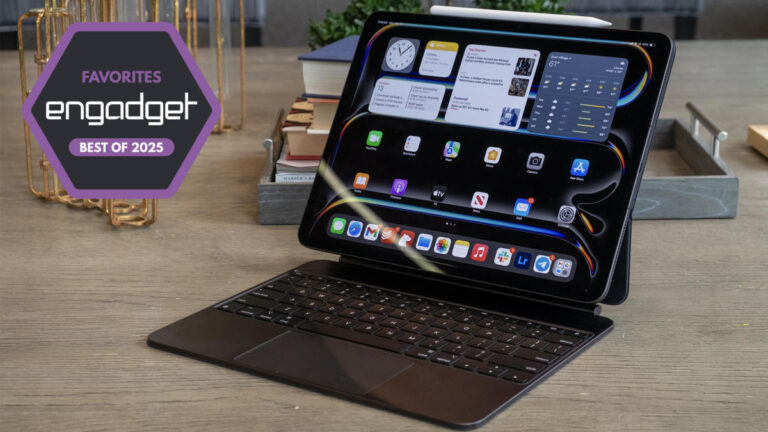8 things I want to see on the Pixel 10 series
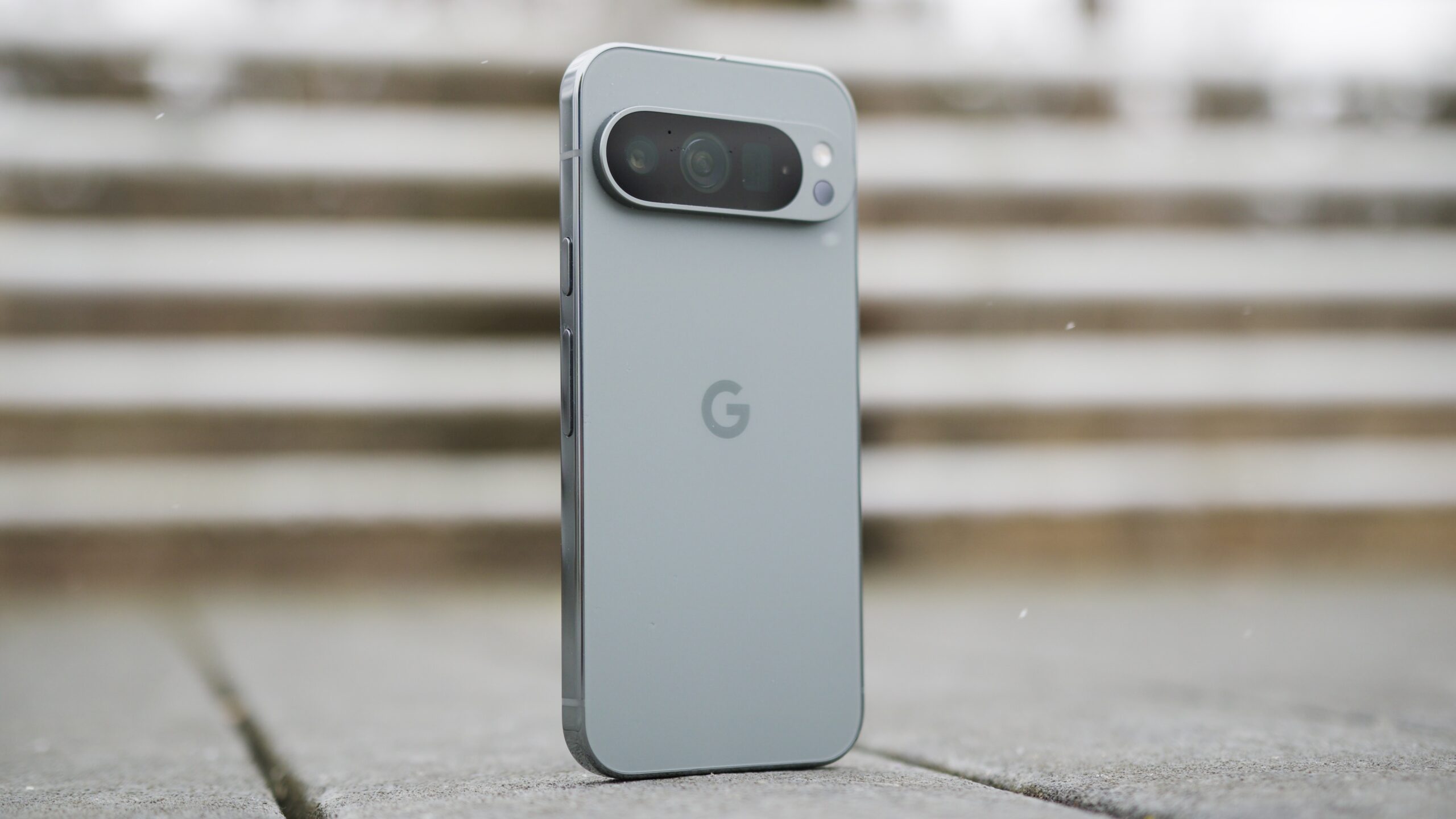
Joe Maring / Android Authority
Given the rumored earlier launch date of August this year, the Pixel 10 series is right around the corner. As is customary with every Google product, the leaks are really starting to ramp up as we get closer to the release. Up to now, all the tidbits of info we’ve seen are pointing to an iterative update with no meaningful changes to the design, except perhaps a slightly bigger camera bar on the back.
While they might not look that different from their predecessors, we expect the new devices to improve upon the Pixel 9 lineup in a few key areas. Let’s take a look at some of the likely (and perhaps some more hopeful) upgrades we might see when Google takes the wraps off the Pixel 10.
Tensor G5 improvements

Much has been made of the switch from Samsung to TSMC for the fabrication of the SoC that will power the Pixel 10 series. The Taiwanese chip maker is the best in the business, so it’s not unreasonable to assume that the partnership will push Google’s custom silicon to the next level.
Said to be manufactured on TSMC’s 3nm process, the Tensor G5 is expected to bring a decent boost to performance and graphics, plus a modestly faster TPU for improved AI functionality. Just like previous generations, the Tensor G5 will include a mixture of Google-designed and off-the-shelf IP. The hope is that by using TSMC to build the chips, the end result will be a Pixel 10 series with faster baseline performance that requires less throttling to keep things cool. Better efficiency and longer battery life could be another advantage — let’s keep our fingers crossed for this one.
Proper Face ID
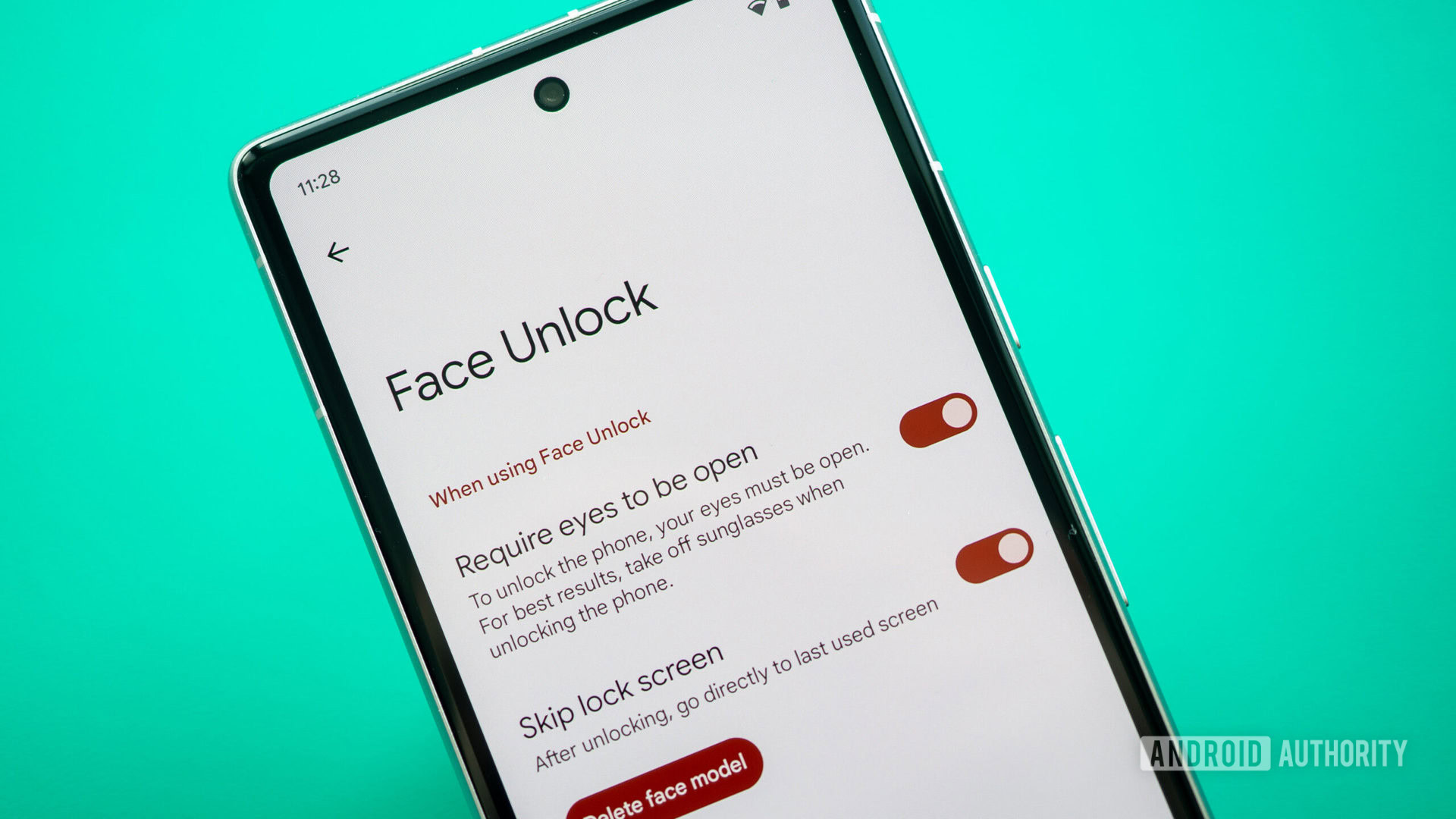
Rita El Khoury / Android Authority
I’ve used pretty much every Pixel Google has released, and one of the most frustrating aspects of this product line, at least in recent years, has been the biometrics. Pixels 1 through 5 had fast and convenient rear-mounted fingerprint sensors, with the notable exception of the Pixel 4 (more on that in a moment). Since the big redesign that came with the Pixel 6, Google has gone all in with under-display fingerprint scanners (with mixed results) and, more recently, face unlocking.
Unlike the Pixel 4, which had a full 3D face unlocking system, recent Pixels determine your identity using a single, 2D selfie camera. While this is now deemed secure enough for phone unlocking and even banking apps, it’s still not a patch on the iPhone’s Face ID and is useless in low-light situations. The Pixel 4 is the only Google phone that has come close to the speed and convenience of Apple’s solution, and it was arguably even better at the time, since it also used the Soli radar chip to proactively fire up face unlocking for a rapid response.
The Pixel 4 is the only Google phone that has come close to the speed and convenience of Apple’s Face ID.
I’ve longed for a return of proper IR face unlocking in a Pixel phone ever since. The good news is that this does seem to be in Google’s plans. The bad news is that it might not be ready until the Pixel 11, which is rumored to feature an under-display IR camera system. Better late than never, I suppose.
Slimmer bezels
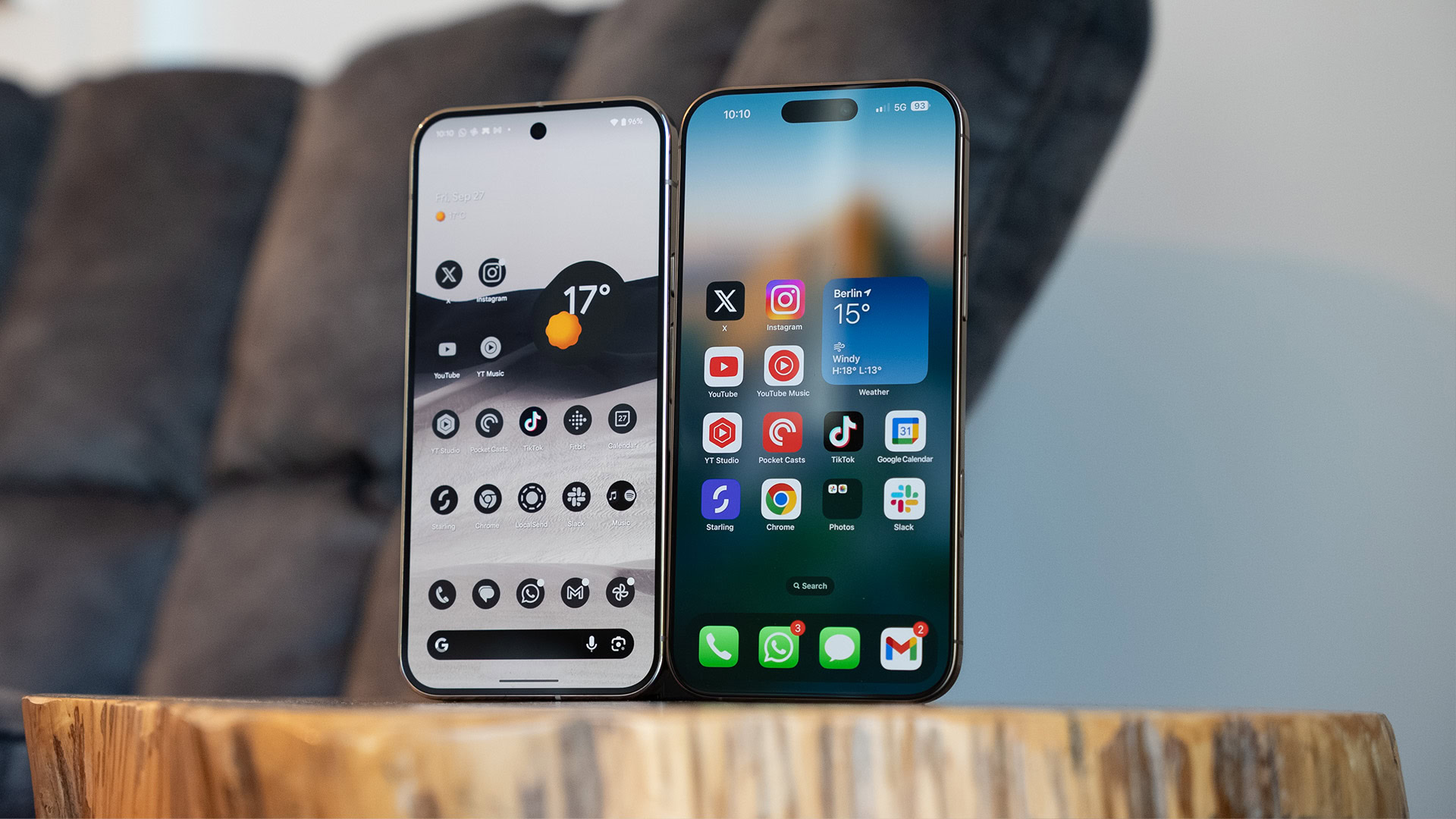
Paul Jones / Android Authority
It took until last year’s Pixel 9 series for Google to finally give us symmetrical bezels on all four sides of the display, but the borders are still rather chunky compared to other flagship phones. This is especially apparent when viewed next to an iPhone 16 Pro/Pro Max (image above), as Apple slimmed the bezels down to an incredible 1.3-1.4mm (depending on the model). The Samsung Galaxy S25 Ultra has similarly minute screen borders. By comparison, the Pixel 9 Pro looks dated and just that little bit less premium than its competitors.
Unfortunately, judging by the recently leaked prototype of the Pixel 10 Pro, we might not be getting any noticeable improvement in this area. Assuming it’s pretty close to the final design that Google will unveil in August, it looks like the bezels will remain unchanged. If that’s the case, we’ll have to hope that a more substantial redesign arrives with the Pixel 11 series.
Longer battery life

Robert Triggs / Android Authority
One of the most common complaints about Pixel phones in recent years has been about the substandard battery life. And it seems that Google is well aware that longevity has been a core concern since it introduced custom Tensor processors. We’re hopeful that the TSMC-made Tensor G5 will improve battery life at least a little bit, but Google shouldn’t put all of its eggs in that basket. With any luck, the company is also working on software optimizations that will help to eke a bit more longevity from the Pixel 10’s cell.
Google’s most recent release, the midrange Pixel 9a, outperformed the Pixel 9 in certain battery life tests. You would hope so, since it features the same processor along with a bigger battery and a generally less demanding spec sheet. The gains weren’t as significant as you might expect, though, so it’s clear Google still has plenty of work to do if it’s to deliver truly impressive battery life across the Pixel 10 series.
Qi2 magnetic wireless charging and accessories
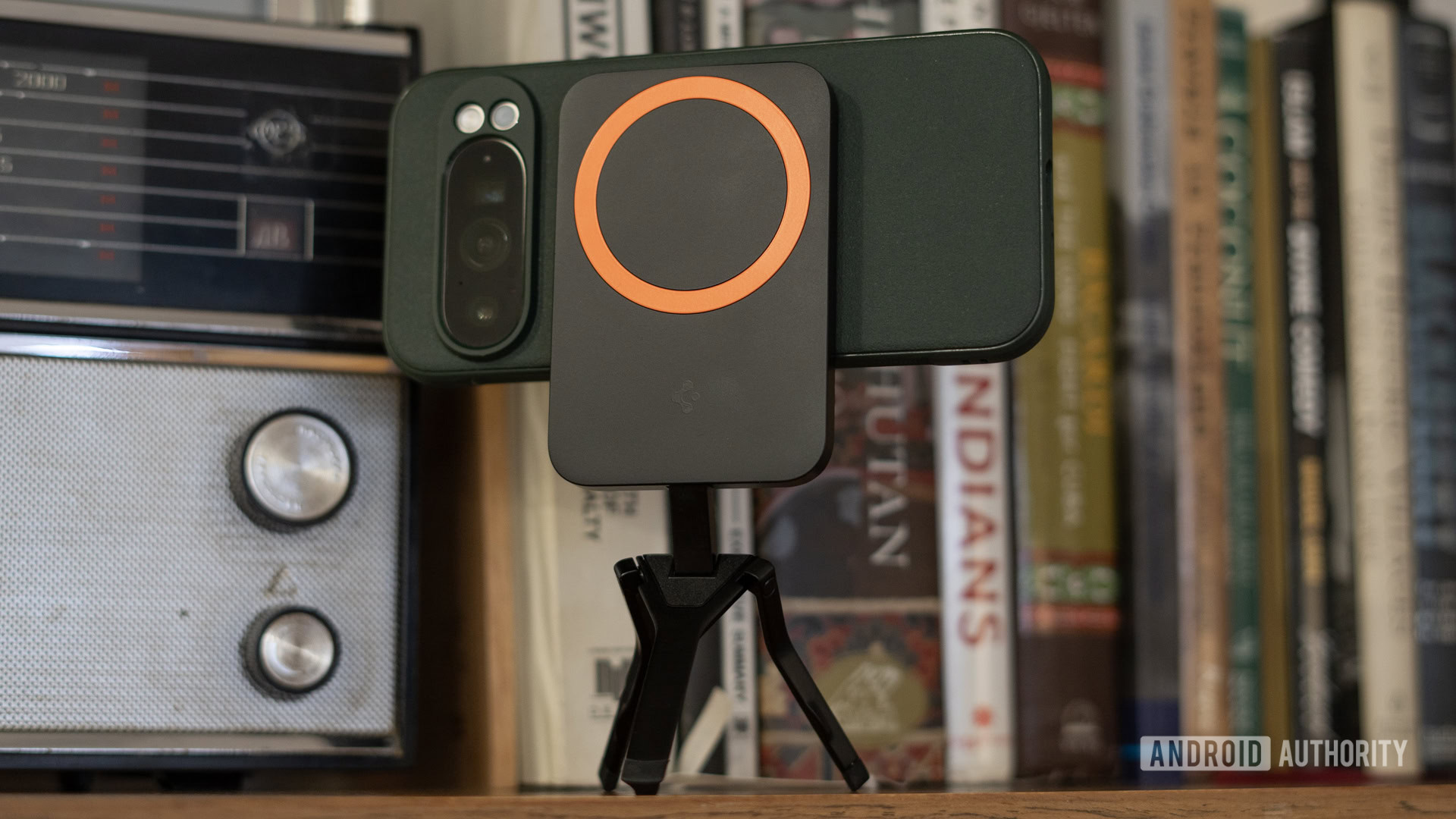
Dhruv Bhutani / Android Authority
Another sore point among Pixel 9 owners is the lack of magnetic wireless charging. MagSafe tech makes charging an iPhone incredibly convenient, and this has been standardised by the Wireless Power Consortium and made available to more manufacturers. Apple users have been able to enjoy it since 2020’s iPhone 12, but Android phone makers have been slow to jump on board after Qi2 incorporated the same magnetic charging tech in 2023.
Samsung described its Galaxy S25 series as “Qi2 ready”, meaning you get the minimum 15W charging speeds but without the secure attachment. The situation with the Pixel 9 lineup is even worse, since it doesn’t support Qi2 at all. Outside of magnetic charging, Qi2 adds support for a wide range of magnetic accessories such as grips, stands, tripods, wallets, docks, and bike mounts.
Google needs to step it up and offer the full magnetic Qi2 wireless charging experience for the Pixel 10.
There is a workaround for the magnets on the Pixel 9 — you just have to buy a case that includes them — but Google really needs to step it up and offer the full magnetic Qi2 wireless charging experience for the Pixel 10 series out of the box. Thankfully, it sounds like this might be exactly what we’re getting. A recent rumor points to a “Pixelsnap” ecosystem of magnetic Qi2.2 accessories arriving alongside the Pixel 10, including a charger, ring stand, and a charging stand. The iPhone 17 is rumored to support up to 45W charging with a new Qi2.2 MagSafe charger, so faster wireless charging speeds could also be coming to the Pixel 10.
Minimum storage of 256GB
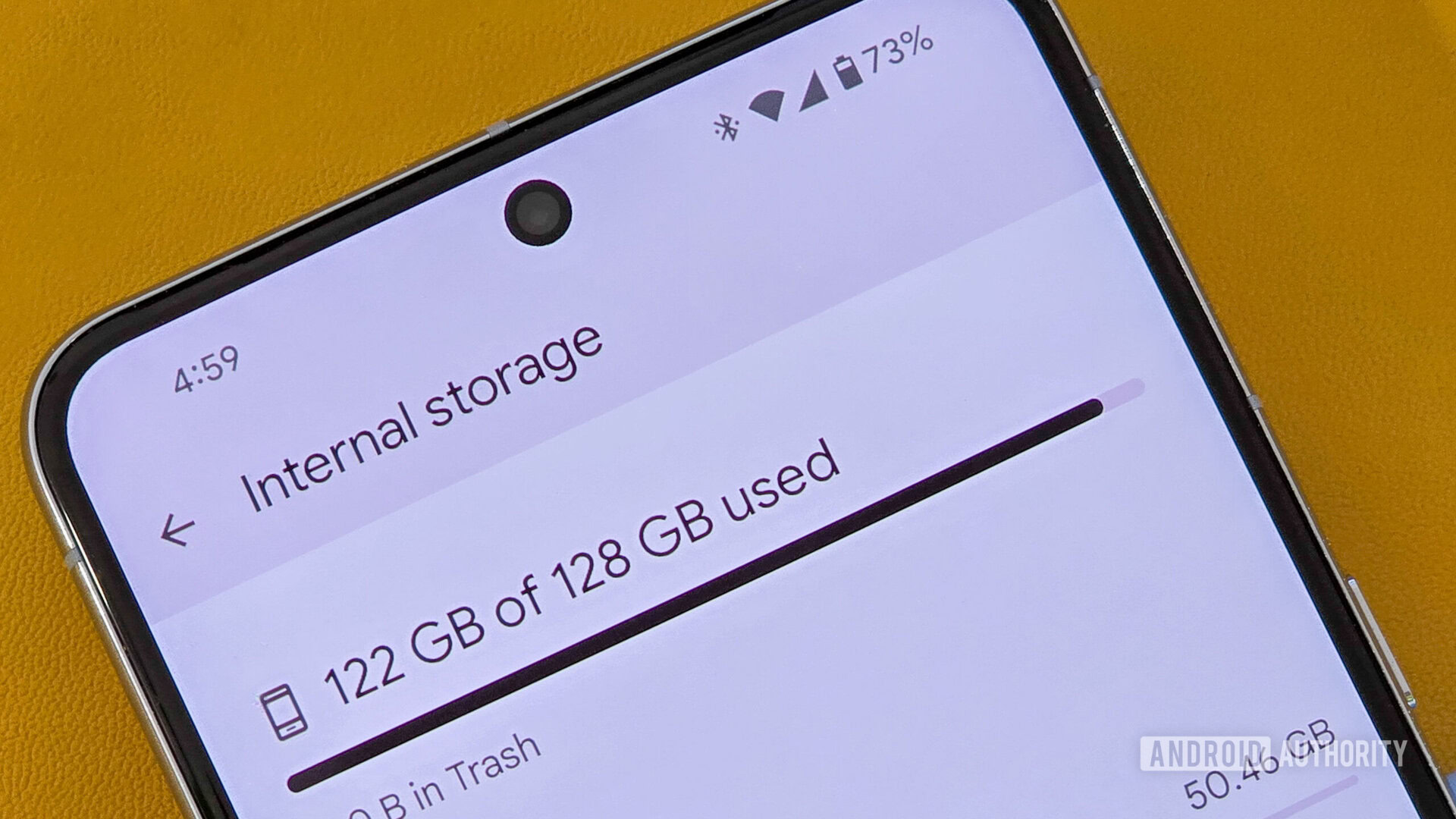
Rita El Khoury / Android Authority
All of the base models in the Pixel 9 series launched with a measly 128GB of storage. With apps and media taking up more and more space as time goes by, this paltry amount just isn’t good enough for a flagship phone in 2025. When Google launched the Pixel 9 in the UK, it offered the 256GB model for the same price as the 128GB version as a pre-order bonus. This felt like a tacit admission that this should have been the base storage amount across the board.
I think it’s fair to argue that 128GB is still acceptable for a cheaper device like the Pixel 9a, but Google needs to do better when it comes to its premium products. The base Pixel 10 Pro models ought to have 256GB of storage, and it would be great if this applied to the standard Pixel 10 as well. Bigger storage options for the regular Pixel 10 would also be welcome, as the Pixel 9 currently tops out at 256GB, with 512GB/1TB options reserved for the Pro models only.
An even smaller model
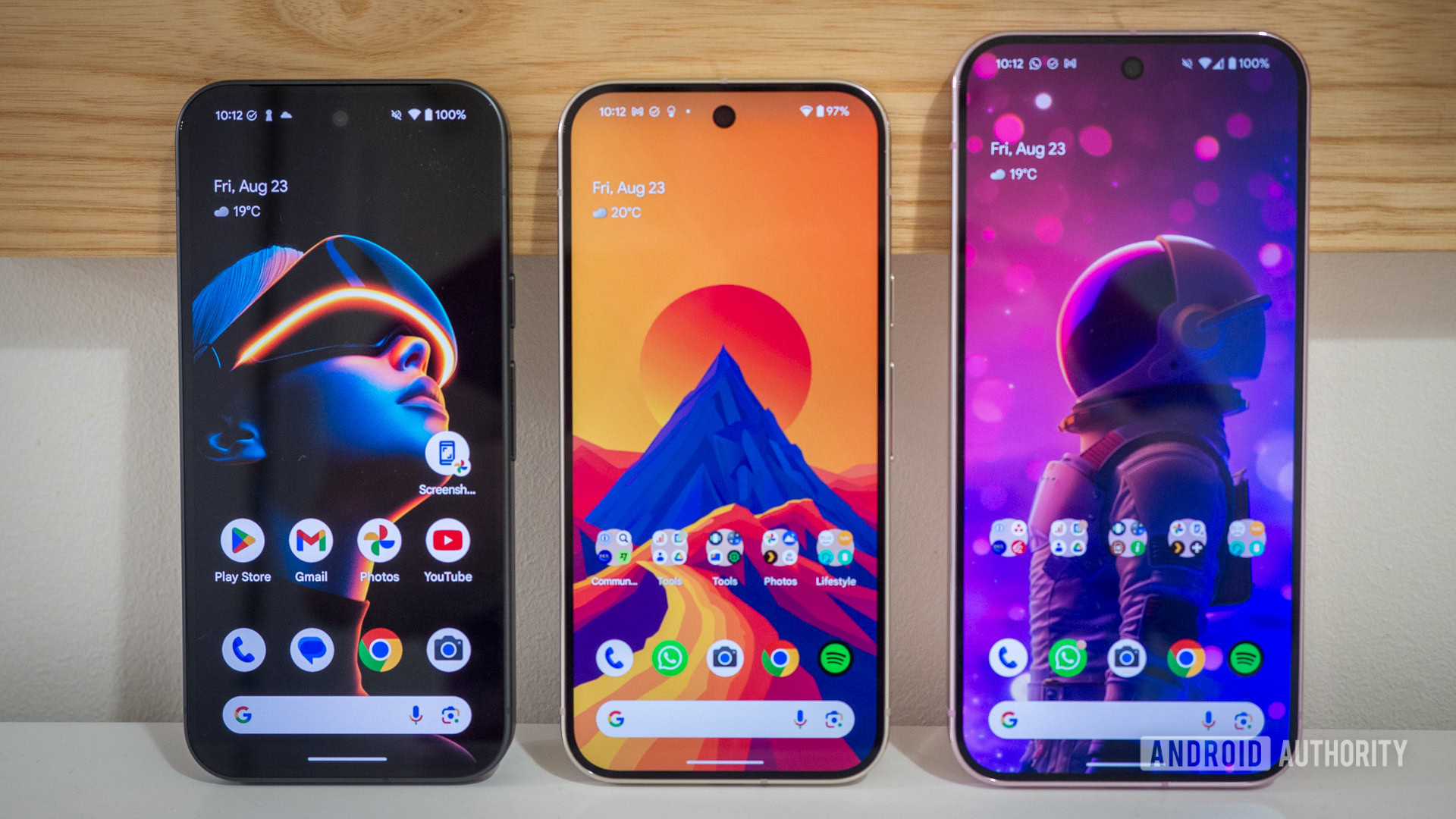
Robert Triggs / Android Authority
I’ve used an iPhone just once in my life, and that was the iPhone 13 from 2021. Even though I returned to Android (and the Pixel 8) after this brief dalliance with Apple, there was still plenty I liked about the iPhone. Not least was the feel in the hand — the small size and the pleasingly curved corners made for excellent ergonomics, and it was also pretty light.
When I learned that Google would offer a smaller Pixel Pro model, starting with the Pixel 9 Pro, I thought this was a great idea. However, it’s quite a bit larger than the iPhone 13 that I so enjoyed using. And even though the smaller iPhone models have crept up in size over the last few years (especially the Pros), the Pixel 9 Pro is still a few centimeters taller and a smidge wider than the iPhone 16 Pro that came out at the same time. Since the Pixel also has bigger bezels, this size difference is even more noticeable when you compare the phones side-by-side.
I’d love it if the Pixel 10 could be shrunk down to the size of the iPhone 16 Pro.
I still commend Google for squeezing all the same tech from the XL model into the Pixel 9 Pro, but I’d love it if the Pixel 10 could be shrunk down just a little bit further. If not all the way down to the size of the iPhone 13, at least enough to match the size of the latest iPhone Pro. Along with smaller bezels, this could be the perfect body and screen size for most people, especially those of us who prefer to keep things compact. Google has already improved the comfort of recent Pixels a great deal by gradually increasing the radius of the corners and flattening the sides — reducing the overall footprint would be the cherry on the cake for me.
An Action button
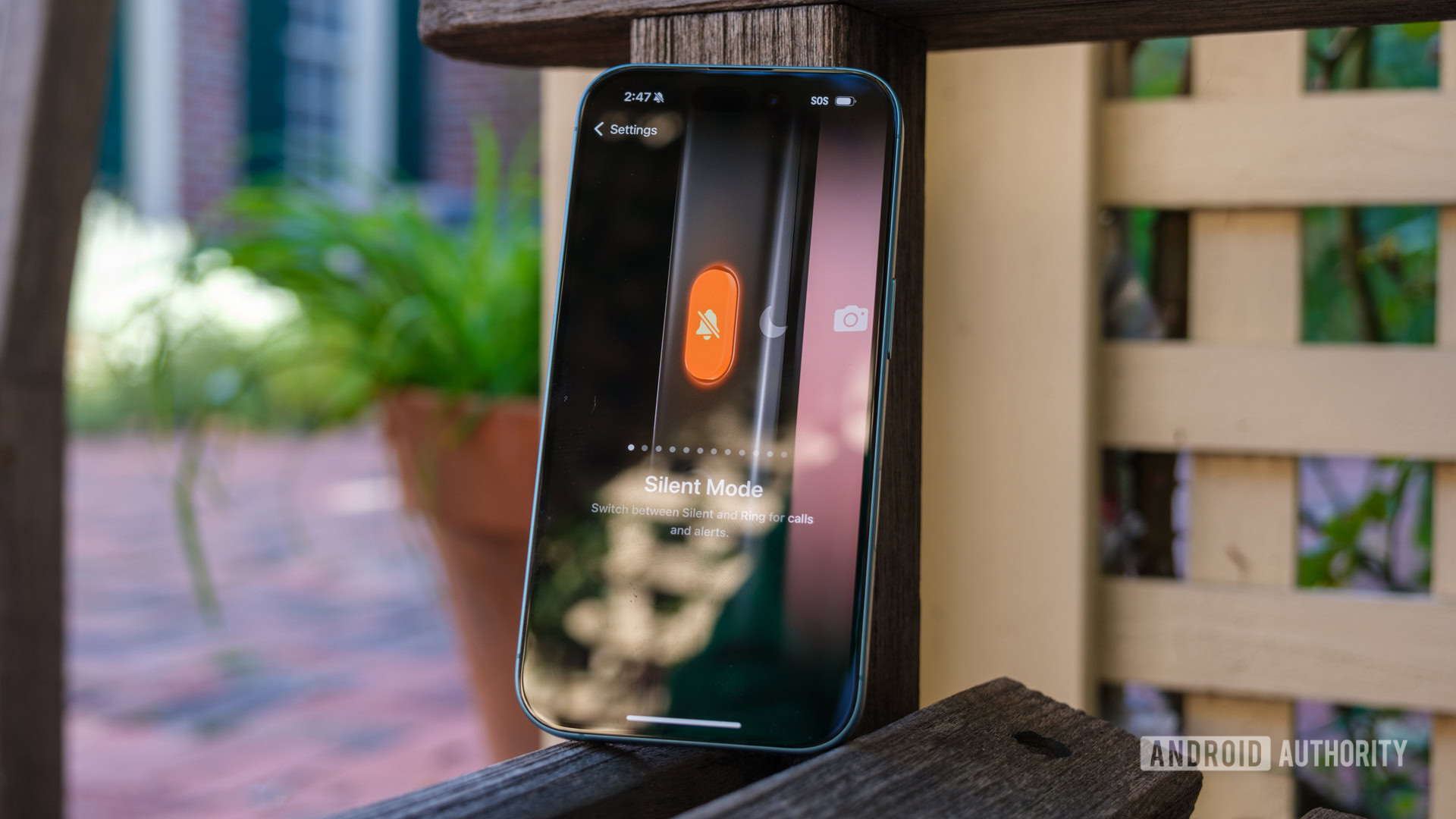
Ryan Haines / Android Authority
Plenty of phone makers have toyed with adding an additional button to their phones, but as is so often the case, it was Apple that really made it fashionable. The iPhone 15 Pro models did away with the mute switch in favor of a customizable Action button, and this has proven to be a fairly popular inclusion (although Apple could certainly do more with it). With the iPhone 16, Apple went one step further and added yet another button — Camera Control — to a more mixed reception.
Among Android OEMs, OnePlus is famous for its alert slider, but it didn’t take long to jump aboard the Action button train with the OnePlus 13T and its Shortcut Key. Not to be outdone, Carl Pei’s current company, Nothing, recently introduced its Essential Key. This is used to save content to the AI organization tool Essential Space on the Phone 3a or Phone 3a Pro, which is pretty nifty but it would be better if this button were remappable.
Now, I’m not suggesting that Google straight up copy Apple and add two new buttons to the Pixel 10. But including one extra button that could be assigned to almost any function would be a welcome addition. The power button double-press gesture that opens the camera (or wallet) has long been a popular Pixel feature, so I’m sure Google could do something great with another tactile key.
The Pixel 10 series is slated for an August 20 reveal, so we don’t have too long to wait until we see which of these features Google brings us. Let us know what other features you’re hoping to see in the comments, and don’t forget to vote in the poll below!
What would you most like to see on Pixel 10?
0 votes
